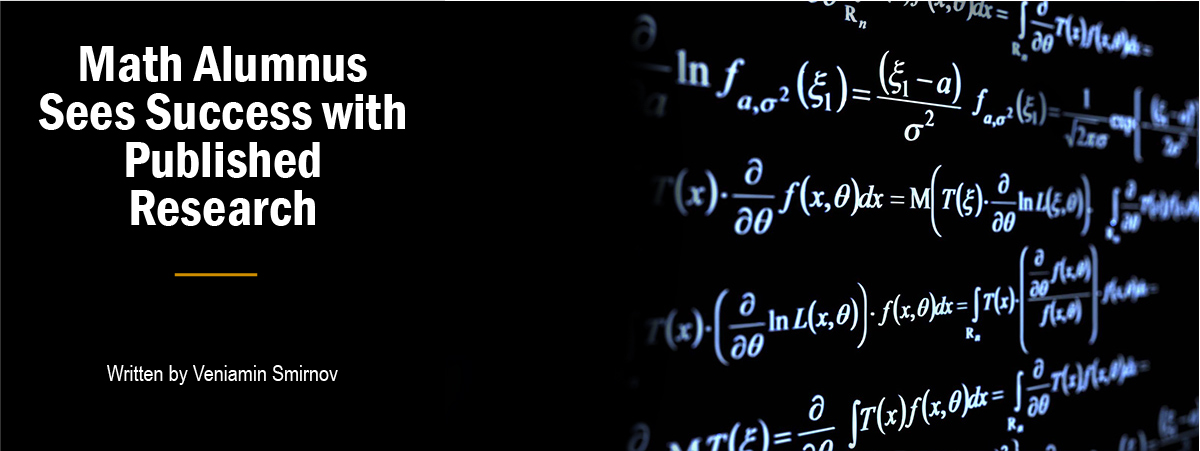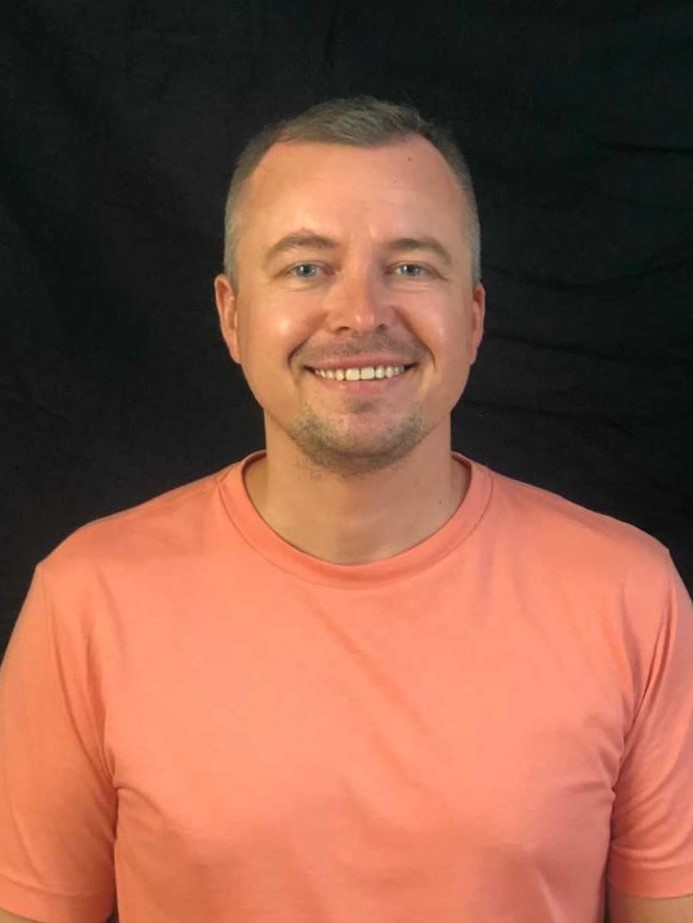Fall 2020 Issue

Lao Tzu said, “The journey of a thousand miles begins with one step.” My path to my current standing started when I was first introduced to research as an undergraduate by my professor at Stockton University, Juan Tolosa. He was my very first professor at Stockton, for Calculus 1, and also for Differential Equations, Complex Analysis and Real Analysis. He could recall theorems, definitions and class materials with no reference.
Dr. Tolosa was my greatest inspiration in math as an undergraduate who supported me in every step on my way to a graduate program at the Department of Mathematics and Statistics at Texas Tech University (Lubbock, TX)."
My research advisor at Texas Tech, Dr. Dimitri Volchenkov, has been a great mentor with whom I worked on several projects. The first one was about analyzing the city of Lubbock and called “The City of Lubbock is Running Away. Disintegration patterns in Lubbock city development and structure." This project proposed a computationally feasible algorithm for automated assessment of isolation and integration in urban areas of a city. Nodes generated by this algorithm produce an accurate representation of a city; this information is used by city developers in predicting city growth and real estate markets. Any city can be substituted into this algorithm. The results of this project were published in the Journal of Vibration Testing and System Dynamics, delivered at International Conference on Nonlinear Science and Complexity in Mexico, and included in a chapter in a book titled, “The many Facets of Complexity Science” published by Springer AG.

The second project was called “Five Years of Phase Space Dynamics of the Standard & Poor’s 500." It revealed some complexity of predictability of stock, markets and dynamics of stock markets in a phase space from a different point of view. The results of that project were published in Applied Mathematics and Nonlinear Science.
The third project is to propose a new statistical model for extreme events, introduced a measure of uncertainty when defining an extreme event. The results were accepted for publication to Communications in Nonlinear Science and Numerical Simulation.
Volchenkov and I have just started the fourth project with AVX Aircraft Co., a Department of Defense contractor in multisource data fusion. We will develop several algorithms based on multi-source data fusion to detect and repair erroneous values in parametric and maintenance aviation data.
Within the next two years, I intend to graduate from Texas Tech with a Ph.D. in Mathematics.



